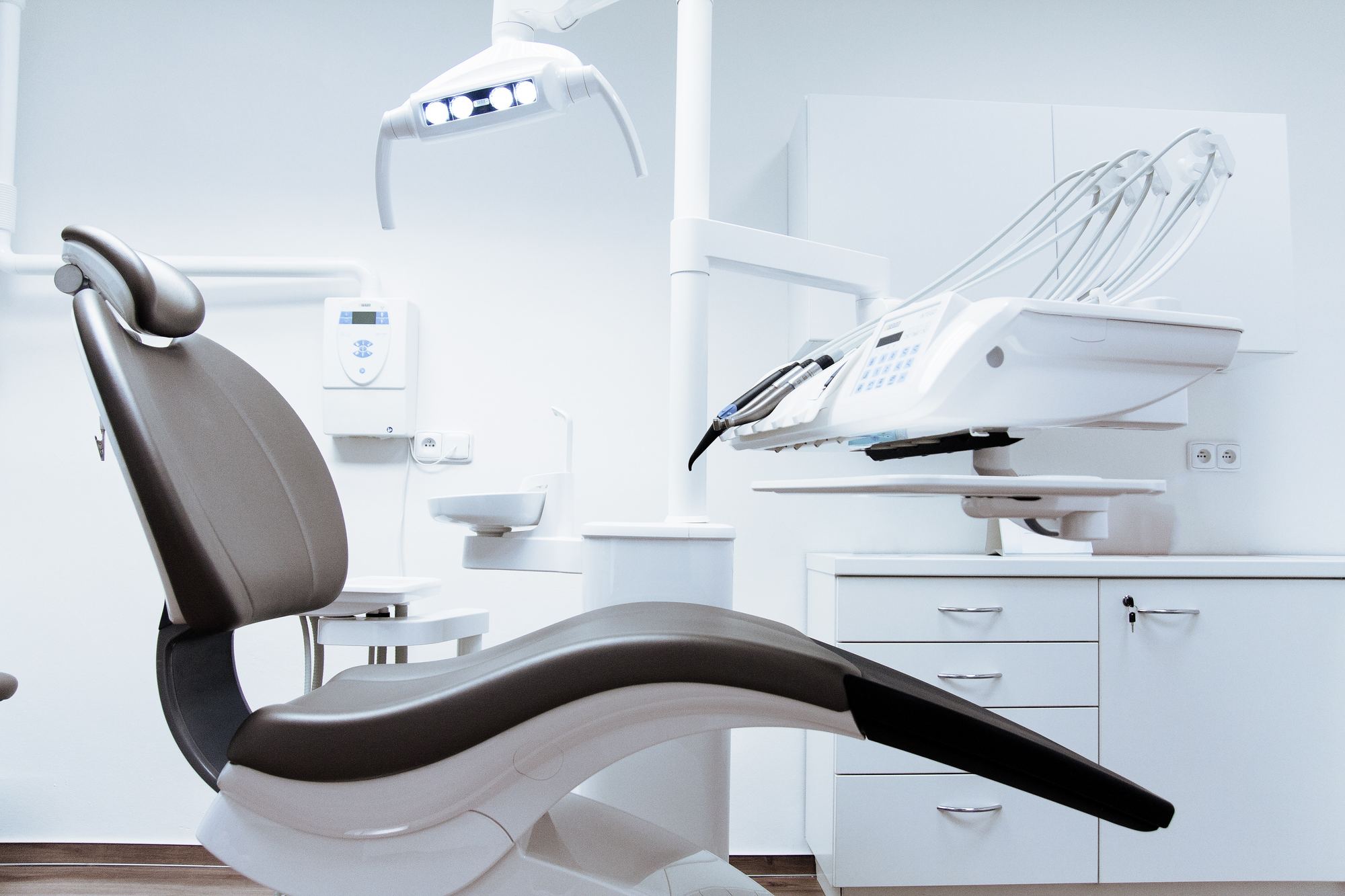Nearly half of all American adults (47.2 percent) are currently dealing with moderate or severe gum disease.
If you’re part of this group, don’t give up hope. You still have options!
Read on to learn how to reverse gum disease with a trip to the dentist.
What is Gum Disease?
Gum disease occurs when plaque builds up on the teeth and causes the gums to become inflamed.
A couple of the most common types of gum disease are gingivitis – which is gum inflammation – and periodontitis. Periodontitis occurs when the gums separate from the teeth and form pockets that can become infected.
If left untreated, periodontitis can advance to the point where it breaks down the bone and connective tissue that hold the teeth in place.
Gum disease can affect anyone, but smokers, diabetics, and people with poor oral hygiene typically are at a higher risk.
Signs of Gum Disease
Some common signs of gum disease include:
- Red or irritated gums
- Gums bleeding after being brushed or flossed
- Lingering bad breath or a bad taste in your mouth
- Loose teeth
- Pain when chewing your food
- Increased sensitivity to hot or cold temperatures
The sooner you schedule an appointment with your dentist after noticing these symptoms, the better chance you have of reversing the gum disease.
How to Reverse Gum Disease
Dentists have a few different methods that they use for treating gum disease, including the following:
Better Oral Hygiene
When gum disease is in its earliest stages, it can often be reversed. The typical approach is a thorough professional cleaning followed by better oral hygiene on your part.
Once your dentist diagnoses you with gum disease, he or she will deeply clean your teeth to remove plaque. They will also remove rough spots that are more likely to attract germs.
One your teeth are clean, your dentist will talk to you about your dental habits. They will also help you come up with a plan for keeping your teeth clean and free from future issues.
Specialized Cleaning
If your gum disease continues to advance, the dentist may try a procedure known as scaling and root planing.
This procedure uses a special, ultrasonic power to clean infected areas below the gum line.
The goal is that, by removing tartar, the health of your gum tissue will improve and the pockets will shrink. This will, ideally, prevent additional bacterial from entering and causing additional infections.
Surgical Intervention
If scaling and root planing doesn’t work, you may need surgery to prevent tooth loss.
During surgery, the dentist will have access to areas under the gums and along the roots of the teeth that have been affected by plaque and tartar buildup. By deeply cleaning these areas, the pockets will, hopefully, be reduced, and the progression of the gum disease will slow down.
After surgery, you will most likely need to wear a splint or bite guard to stabilize your teeth while the tissue heals.
Your dentist may also recommend a soft-tissue graft if you’ve lost an excessive amount of gum tissue. The graft will help reduce additional bone loss and gum recession.
Regular Checkups
After you’ve been diagnosed with periodontal disease, your dentist will likely require you to visit them more frequently for additional cleanings and checkups.
This helps them keep the disease under control and mitigate the damage as much as possible.
Schedule an Appointment Today
Now that you know how to reverse gum disease by visiting the dentist, it’s time to schedule an appointment.
If you live in the San Diego area, contact us at PB Smile Studio today. We can’t wait to assist you!


